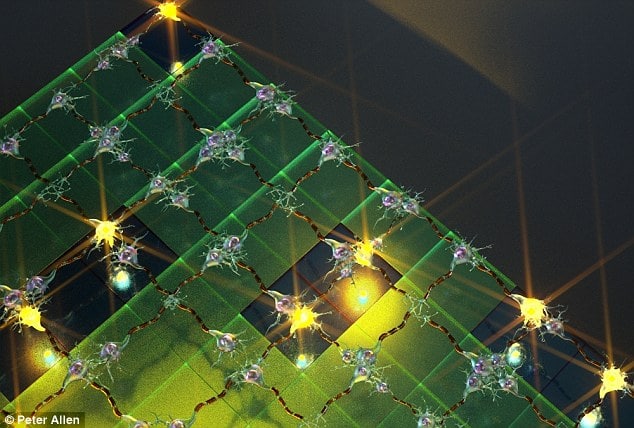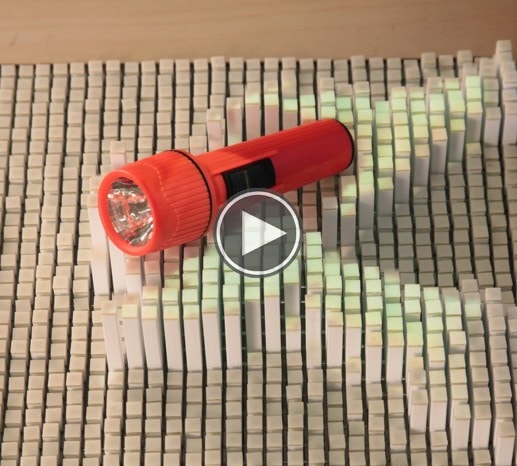Researchers at the University of California, Santa Barbara, have developed nanocell technology that could restore the memories of Alzheimer’s and Parkinson’s patients. Professor of electrical and computer engineering Dmitri Strukov, lead researcher Mirko Prezioso, research assistant Farnood Merrikh-Bayat and researcher Gina Adam make up the research team.
The nano memory cell is estimated to be 10,000 times thinner than the width of a person’s hair strand. At this point of its development, the cell has the capability to store and process data simultaneously like a real brain cell. There are 100 different synapses that also are able to perform image classification. In the near future, the cell will be expanded to act like the human brain.
According to writer Ellie Zolfagharifard for Dailymail.com, “in the latest demonstration, the circuit with artificial neural network was able to successfully classify three letters; ‘z’, ‘v’ and ‘n’. It analyzed the letter by their images, each letter stylized in different ways or saturated with ‘noise’ in a process similar to how we humans pick our friends out from a crowd.”
The cell is comprised of memristors that act like neurons and transmit electricity. These memristors were created in the 1970s by circuit theorist Leon Chua, and memristors are still vital to this type of research and innovation.
Writer Emma Tiller for the New Hampshire Voice believes “ethical issues involved in experimenting on the brain could be minimized by replicating a brain outside the body.”
The fascinating thing about this research is that millions of people can live a healthier and happier existence. Only time will tell if technology like this is feasible on a large scale.


